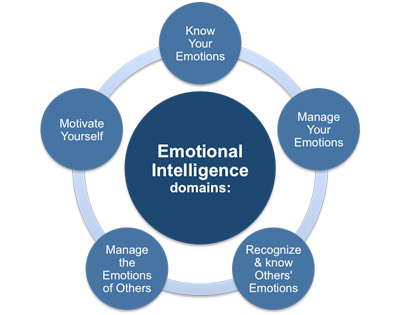The methods we use to communicate with each other have drastically evolved over the past century. In 1250 the quill was first used for writing. Alexander Graham Bell and Thomas A. Watson invented the telephone in 1876. In 1965, the first E-mail is sent and now businesses use Skype conferencing with international clients. Technology has made communication much quicker and easier and is forever evolving.
However, it has come with drawbacks in the process of communication. Since there are more channels of communication, there are more ways that communication can break down. The communication channel is the method through which the message is conveyed. The various different channels available causes communication to be a delicate matter if not handled appropriately. The context of the words in a message can be changed depending on the channel chosen by the sender. Although the meaning of the message may have been of best intentions, because the channel wasn’t appropriate for that particular message, the boss may take offence from it or is confused as to what the message is about. This also includes visual components embedded in a message. If there is a visual aid sent with a message, such as graphs or timelines, the receiver may be confused as to what their purpose is and if the receiver needs to do anything with them if the message isn’t clear.
Because technology has evolved so rapidly, I am cognisant of the need to express any instructions clearly and in detail to ensure the message is received correctly – this is especially the case as the amount of communication any individual receives nowadays is vastly larger than what would have been received only 10 years ago – i.e. text, email
Communication for me has been made simpler, frequent and more rapid. The use of texting allows me to quickly send and receive messages to and from various people without having to allocate a time to meet with them to discuss ideas and interests. The introduction of emojis has allowed me to express my emotion and reactions to conversations and ensure the receiver of how I feel. My use of abbreviated language such as LOL has become slightly more frequent, especially in times when I have little time to properly text a full message.
Emails have become my primary method of communication for important inquiries and feedback. Because I spend most of my time at home, the use of Email allows me to send and receive messages showcasing world news, technological advancements and industry building possibilities with family members when they are at work. It also allows me to instantaneously give opinions and suggestions to design processes and removes the 30 minute train ride into the city to present in person; which would waste both my time and those with whom I am communicating.
References
Genere, P., Gill, R., Lawson, C. and Lewis, M. (2015) Communication Skills For Business Professionals. Ch 3. Cambridge University: Cambridge University Press. (Accessed: 10 May 2016)
Technology Timeline (2015) Available at: http://www.datesandevents.org/events-timelines/12-technology-timeline.htm (Accessed: 14 May 2016).


 When seeking new employees, businesses look for candidates who possess two types of skills – soft or transferrable skills and hard or key skills. Hard skills are attributes that are needed for a specific occupation. Graphic designers need to understand the fundamentals of design and colour theory, photographers need to understand the various camera settings, framing and lighting needed for the pictures they take. Soft skills, or transferrable skills, are a set of basic skills that can be transferred across occupations and industries. The term ‘soft skills’ relates to a person’s EI (emotional intelligence), the culmination of personal and social skills that characterise relationships with other people. Some examples include, but aren’t limited to, commitment, enthusiasm, adaptability, personal presentation and reliability. While key skills are learnt through an educational program, soft skills cannot be taught by someone else, rather they are learnt through educational, work and life experiences.
When seeking new employees, businesses look for candidates who possess two types of skills – soft or transferrable skills and hard or key skills. Hard skills are attributes that are needed for a specific occupation. Graphic designers need to understand the fundamentals of design and colour theory, photographers need to understand the various camera settings, framing and lighting needed for the pictures they take. Soft skills, or transferrable skills, are a set of basic skills that can be transferred across occupations and industries. The term ‘soft skills’ relates to a person’s EI (emotional intelligence), the culmination of personal and social skills that characterise relationships with other people. Some examples include, but aren’t limited to, commitment, enthusiasm, adaptability, personal presentation and reliability. While key skills are learnt through an educational program, soft skills cannot be taught by someone else, rather they are learnt through educational, work and life experiences.